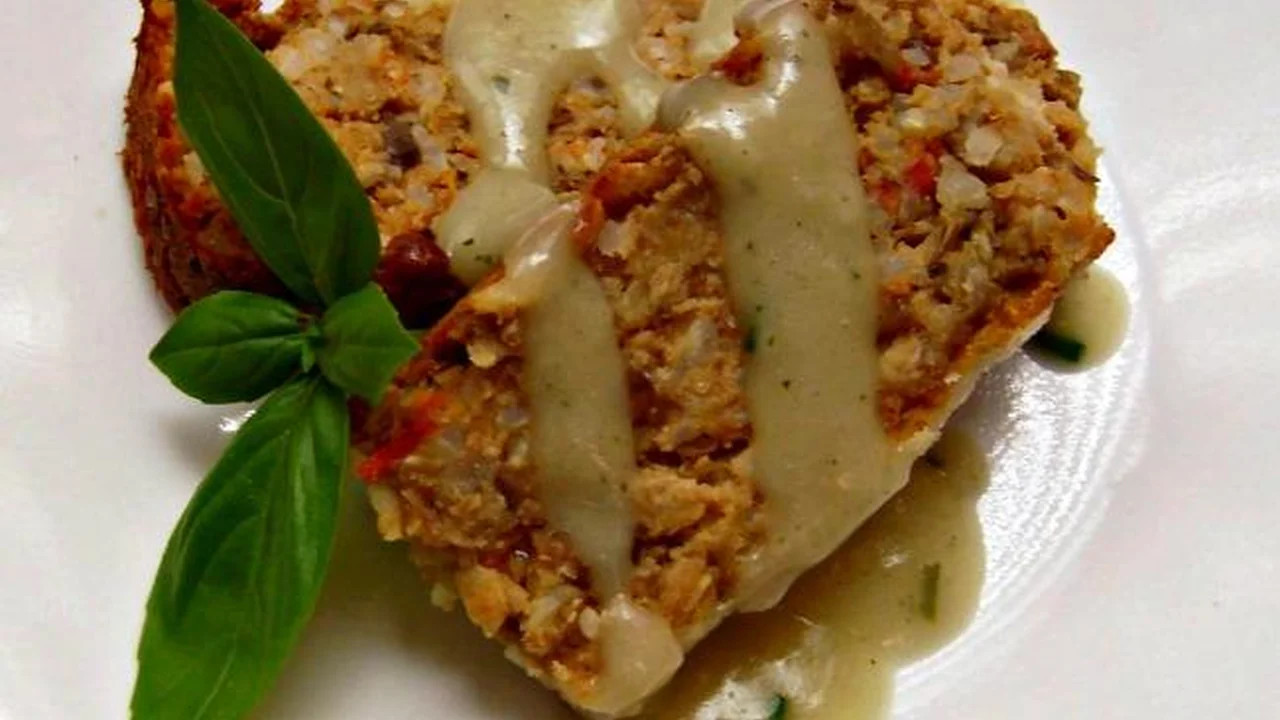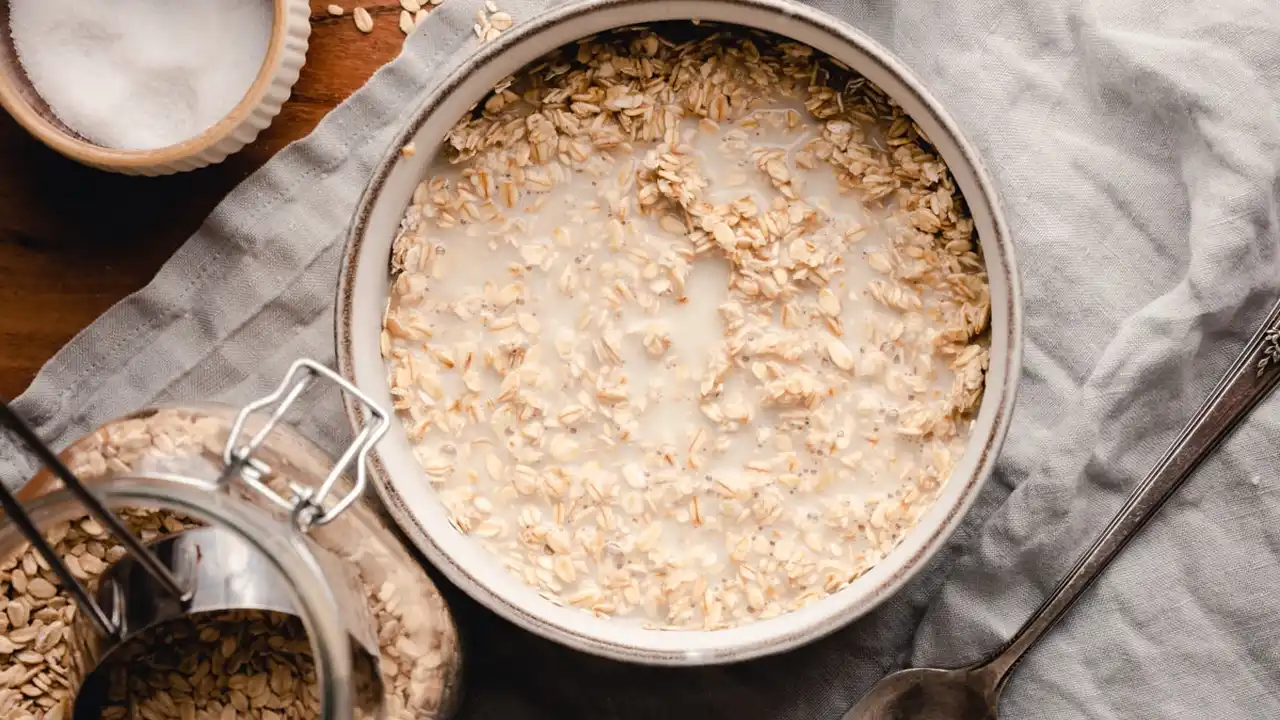5 Best Hungarian Goulash Recipes Hearty and Flavorful
Experience the aromatic and flavorful world of Ethiopian stews with these 5 delicious recipes Served with injera bread these dishes are perfect for sharing Enjoy a unique and flavorful Ethiopian meal at home

Introduction to Ethiopian Cuisine and Stews
Hey there food lovers! Ever been curious about Ethiopian food? It's a vibrant, communal, and incredibly flavorful cuisine that's centered around sharing. And at the heart of Ethiopian cooking are its incredible stews, known as "wats." These aren't your typical, run-of-the-mill stews; they're complex, deeply spiced, and absolutely delicious. Traditionally served with injera, a spongy flatbread used to scoop up the stew, it’s an eating experience like no other. Let's dive into why Ethiopian stews are such a culinary treasure, focusing on key ingredients and cooking techniques.
Key Ingredients in Ethiopian Stews Spicy Berbere and More
What makes Ethiopian stews so unique? It all starts with the ingredients. Here are a few staples:
- Berbere: This is the cornerstone of Ethiopian cooking. Berbere is a complex spice blend that typically includes chili peppers, garlic, ginger, basil, korarima, rue, ajwain, and nigella. It's what gives Ethiopian stews their signature heat and depth of flavor.
- Niter Kibbeh: This is clarified butter infused with garlic, ginger, and other spices. It's similar to ghee and adds a rich, nutty flavor to the stews.
- Onions, Garlic, and Ginger: These aromatics form the base of almost every Ethiopian stew. They're sautéed until softened and fragrant, creating a foundation of flavor.
- Tomatoes: Tomatoes add acidity and sweetness to the stews, balancing the richness of the other ingredients.
- Meat or Vegetables: Ethiopian stews can be made with a variety of meats, such as beef, chicken, or lamb, or with vegetables like lentils, chickpeas, or potatoes.
Top 5 Ethiopian Stew Recipes You Can Make at Home
Ready to try your hand at making Ethiopian stews? Here are five fantastic recipes to get you started:
1 Doro Wat Ethiopian Chicken Stew Recipe
Doro Wat is arguably the most famous Ethiopian stew. It's a rich, spicy chicken stew made with berbere, niter kibbeh, onions, garlic, ginger, and hard-boiled eggs. The chicken is slow-cooked until it's incredibly tender and flavorful.
Ingredients:
- Chicken pieces (legs and thighs work well)
- Berbere spice blend
- Niter kibbeh (or clarified butter)
- Onions, finely chopped
- Garlic, minced
- Ginger, minced
- Tomatoes, diced
- Hard-boiled eggs
- Salt to taste
Instructions:
- Sauté the onions, garlic, and ginger in niter kibbeh until softened.
- Add the berbere spice blend and cook for a few minutes to release its flavors.
- Add the tomatoes and chicken pieces, and cook until the chicken is browned.
- Add water or chicken broth to cover the chicken, and simmer until the chicken is tender.
- Add the hard-boiled eggs and simmer for a few more minutes.
- Serve hot with injera.
2 Misir Wat Ethiopian Red Lentil Stew Recipe Vegetarian Delight
Misir Wat is a vegetarian lentil stew that's packed with flavor. It's made with red lentils, berbere, onions, garlic, ginger, and tomatoes. It's a hearty and satisfying dish that's perfect for a meatless meal.
Ingredients:
- Red lentils
- Berbere spice blend
- Onions, finely chopped
- Garlic, minced
- Ginger, minced
- Tomatoes, diced
- Vegetable broth
- Salt to taste
Instructions:
- Sauté the onions, garlic, and ginger in oil until softened.
- Add the berbere spice blend and cook for a few minutes to release its flavors.
- Add the tomatoes and red lentils, and cook for a few minutes.
- Add vegetable broth to cover the lentils, and simmer until the lentils are tender.
- Serve hot with injera.
3 Kik Alicha Wat Ethiopian Yellow Split Pea Stew Recipe Mild and Flavorful
Kik Alicha Wat is a mild and flavorful stew made with yellow split peas. It's similar to Misir Wat but has a milder flavor profile. It's a great option for those who are sensitive to spice.
Ingredients:
- Yellow split peas
- Onions, finely chopped
- Garlic, minced
- Ginger, minced
- Turmeric powder
- Vegetable broth
- Salt to taste
Instructions:
- Sauté the onions, garlic, and ginger in oil until softened.
- Add the turmeric powder and cook for a few minutes to release its flavors.
- Add the yellow split peas and vegetable broth, and simmer until the peas are tender.
- Serve hot with injera.
4 Gomen Wat Ethiopian Collard Greens Stew Recipe Healthy and Delicious
Gomen Wat is a healthy and delicious stew made with collard greens. It's a simple dish that's packed with nutrients and flavor. It's a great way to get your greens in!
Ingredients:
- Collard greens, chopped
- Onions, finely chopped
- Garlic, minced
- Ginger, minced
- Vegetable broth
- Salt to taste
Instructions:
- Sauté the onions, garlic, and ginger in oil until softened.
- Add the collard greens and vegetable broth, and simmer until the greens are tender.
- Serve hot with injera.
5 Siga Wat Ethiopian Beef Stew Recipe Rich and Savory
Siga Wat is a rich and savory beef stew that's perfect for a hearty meal. It's made with beef, berbere, niter kibbeh, onions, garlic, ginger, and tomatoes. The beef is slow-cooked until it's incredibly tender and flavorful.
Ingredients:
- Beef cubes (stew meat works well)
- Berbere spice blend
- Niter kibbeh (or clarified butter)
- Onions, finely chopped
- Garlic, minced
- Ginger, minced
- Tomatoes, diced
- Beef broth
- Salt to taste
Instructions:
- Sauté the onions, garlic, and ginger in niter kibbeh until softened.
- Add the berbere spice blend and cook for a few minutes to release its flavors.
- Add the tomatoes and beef cubes, and cook until the beef is browned.
- Add beef broth to cover the beef, and simmer until the beef is tender.
- Serve hot with injera.
Recommended Products for Making Ethiopian Stews Authentic Ingredients and Tools
To truly elevate your Ethiopian stew game, here are a few product recommendations:
1 Berbere Spice Blends Authentic Ethiopian Flavor
- Brundo Spice Company Berbere: Known for its high-quality ingredients and authentic flavor. A 4-ounce jar typically costs around $15.
- EhtiopianGirl Berbere: Another great option, often found on Etsy. Prices vary, but expect to pay around $12-$18 for a similar amount.
Usage Scenario: Use these spice blends in any of the stew recipes above to add authentic Ethiopian flavor. Start with a small amount and adjust to your taste.
2 Niter Kibbeh Clarified Butter for Richness
- Homemade Niter Kibbeh: The most authentic option is to make it yourself. You'll need unsalted butter, garlic, ginger, and other spices. Numerous recipes are available online.
- Tej Bet Niter Kibbeh: If you prefer to buy it ready-made, Tej Bet offers a good option. A 16-ounce jar costs around $25.
Usage Scenario: Use niter kibbeh instead of regular butter or oil when sautéing the aromatics in your stews. It adds a rich, nutty flavor that's characteristic of Ethiopian cuisine.
3 Injera Making Tools Tawa Pan and More
- Injera Pan (Tawa): A large, flat griddle is essential for making injera. Look for one with a non-stick surface. A good quality tawa pan will cost around $30-$50 on Amazon.
- Alternative: A large crepe pan or a well-seasoned cast iron skillet can also work.
Usage Scenario: Use the injera pan to cook the injera batter. Heat the pan over medium heat and pour a thin layer of batter onto the pan. Cook until the injera is set and has small bubbles on the surface.
4 Ethiopian Clay Pots for Serving
- Traditional Clay Pots: Serving your stews in traditional Ethiopian clay pots adds to the authentic experience. Prices vary depending on size and design, but expect to pay around $20-$40 per pot.
- Alternative: Any serving bowl will work, but clay pots add a rustic touch.
Usage Scenario: Serve your stews in the clay pots and place them on the table for communal sharing. This is the traditional way to enjoy Ethiopian food.
Product Comparisons Choosing the Right Ingredients and Tools
When choosing ingredients and tools for making Ethiopian stews, consider the following:
- Berbere Spice Blends: Compare the ingredients and flavor profiles of different berbere blends. Some are spicier than others. Read reviews and choose one that suits your taste.
- Niter Kibbeh: Homemade niter kibbeh is often considered the best option, as you can control the ingredients and flavor. However, if you don't have time to make it yourself, a good quality store-bought option is a convenient alternative.
- Injera Pan: Choose an injera pan with a non-stick surface for easy cooking and cleanup. A larger pan will allow you to make larger injera, which is more authentic.
The Art of Eating Ethiopian Food Sharing and Community
Eating Ethiopian food is a communal experience. The stews are typically served in large platters, and everyone eats from the same platter using injera to scoop up the food. It's a fun and interactive way to enjoy a meal with friends and family.
Tips for Perfecting Your Ethiopian Stews Mastering the Techniques
Here are a few tips to help you perfect your Ethiopian stews:
- Use high-quality ingredients: The flavor of your stews will depend on the quality of the ingredients you use. Choose fresh, flavorful ingredients for the best results.
- Don't be afraid to experiment with spices: Ethiopian cuisine is all about bold flavors. Don't be afraid to experiment with different spice blends to find your favorite flavor profile.
- Slow-cook your stews: Slow-cooking allows the flavors to meld together and the meat to become incredibly tender.
- Serve with injera: Injera is an essential part of the Ethiopian eating experience. Make sure to have plenty on hand for scooping up the stews.
:max_bytes(150000):strip_icc()/277019-baked-pork-chops-with-cream-of-mushroom-soup-DDMFS-beauty-4x3-BG-7505-5762b731cf30447d9cbbbbbf387beafa.jpg)






